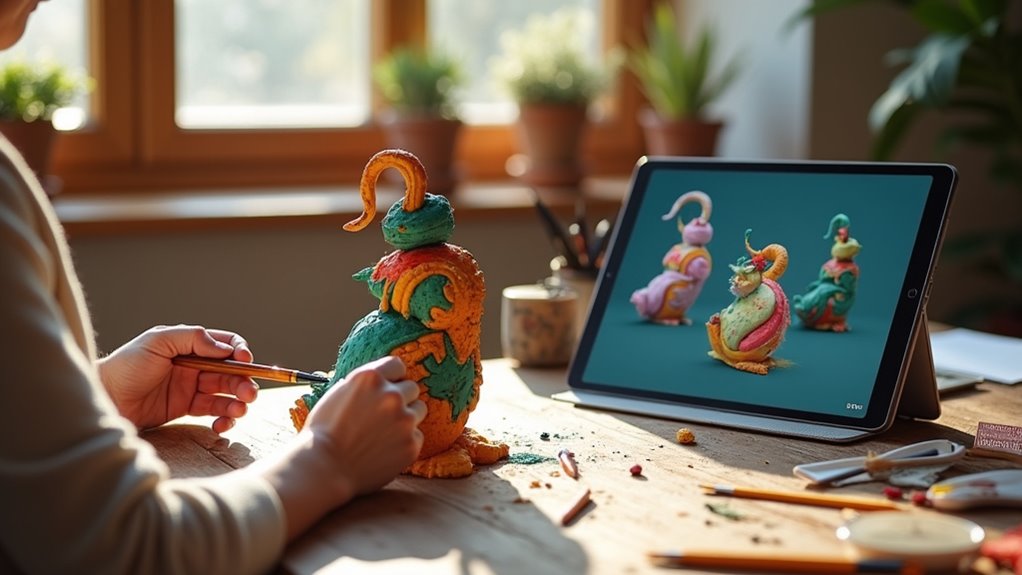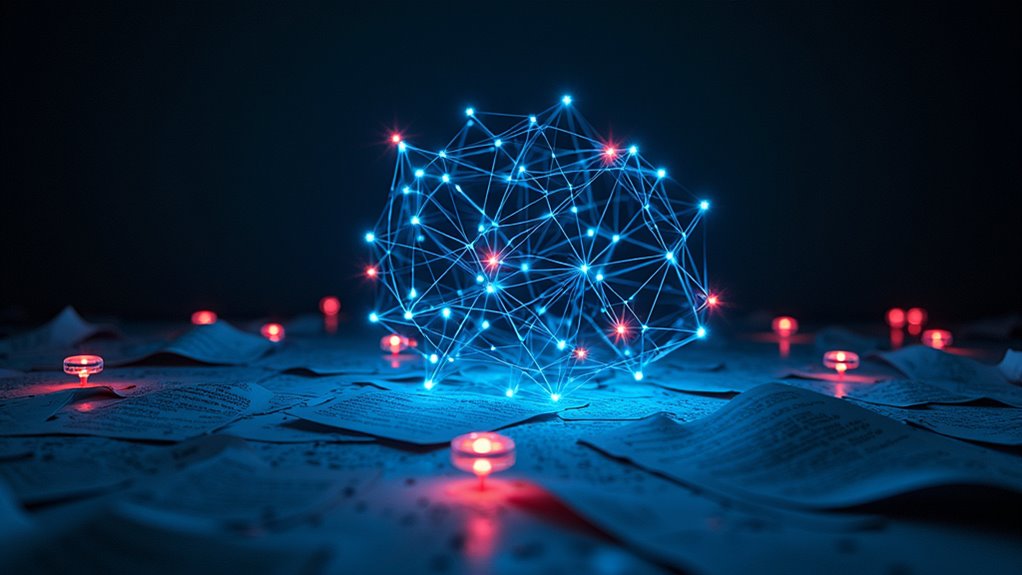AI isn’t just out for your job—it’s busy playing favorites too. Tech hotshots pocket fat raises, while the rest of us nervously watch our job titles shuffle toward the exit. Only about 1% of workplaces claim “mature” AI, yet already, freelancers, gig workers, and, let’s be honest, almost everyone else, feel the squeeze. Ethical audits sound nice (when they happen), but can HR and CEOs really keep folks safe? There’s a lot more to this workforce rollercoaster—strap in for the details.
How did we end up in a world where artificial intelligence is picking favorites at work—and not always the ones you’d expect? It’s not just Hollywood dystopia anymore. AI is here, and it’s rewriting the office playbook, sometimes with all the subtlety of a toddler with finger paint.
Start with the basics: 300 million jobs could vanish worldwide thanks to AI, mostly in advanced economies. In fact, *60%* of jobs in the U.S., Europe, and similar regions are sitting ducks for automation, compared to just *26%* in low-income countries.
AI could wipe out 300 million jobs globally—most at risk are roles in advanced economies, not just factories but white-collar desks, too.
But don’t break out the “robots took my job” T-shirts just yet—AI exposure is lopsided. If you’re in agriculture or manual labor, you’re probably still waiting for your robot coworker to show up. Employees across various roles indicated readiness for AI adoption, and many are eager to gain skills that could keep them relevant as automation advances.
But here’s a twist: 1 in 4 CEOs already expect to slash their workforce by at least 5% because of generative AI. That’s not science fiction, that’s this year’s boardroom agenda.
Meanwhile, only *1%* of organizations think their AI is “mature.” So, most companies are basically beta testing on their employees. The top AI models are now separated by less than 1% in performance scores, showing just how competitive and crowded the technology landscape has become.
The rich get richer—AI infrastructure is mostly built in advanced economies, deepening global divides. Smaller firms? Good luck competing against the Silicon Valley juggernauts with their shiny AI workflows.
Skill gaps are a thing, too. 20 million workers will need retraining—stat. But employers rarely have a clue how to get them there.
Emotional intelligence scores are dropping, making it harder for humans and bots to play nice. Oh, and burnout? On the rise.
⚡ Bias alert: AI hiring tools can double down on old-school discrimination. Algorithms love data, but if the data’s skewed, guess who gets left out? Without regular ethical audits, companies risk perpetuating systemic discrimination through their AI systems.
Transparency is about as clear as mud, and regulators are always two steps behind.
Meanwhile, high-skill AI wizards get raises, while everyone else watches their paychecks stagnate. Freelancers and gig workers? Even less protection.
If you’re hoping your company will shield you from AI’s fallout, don’t hold your breath. At least not without a backup plan.









